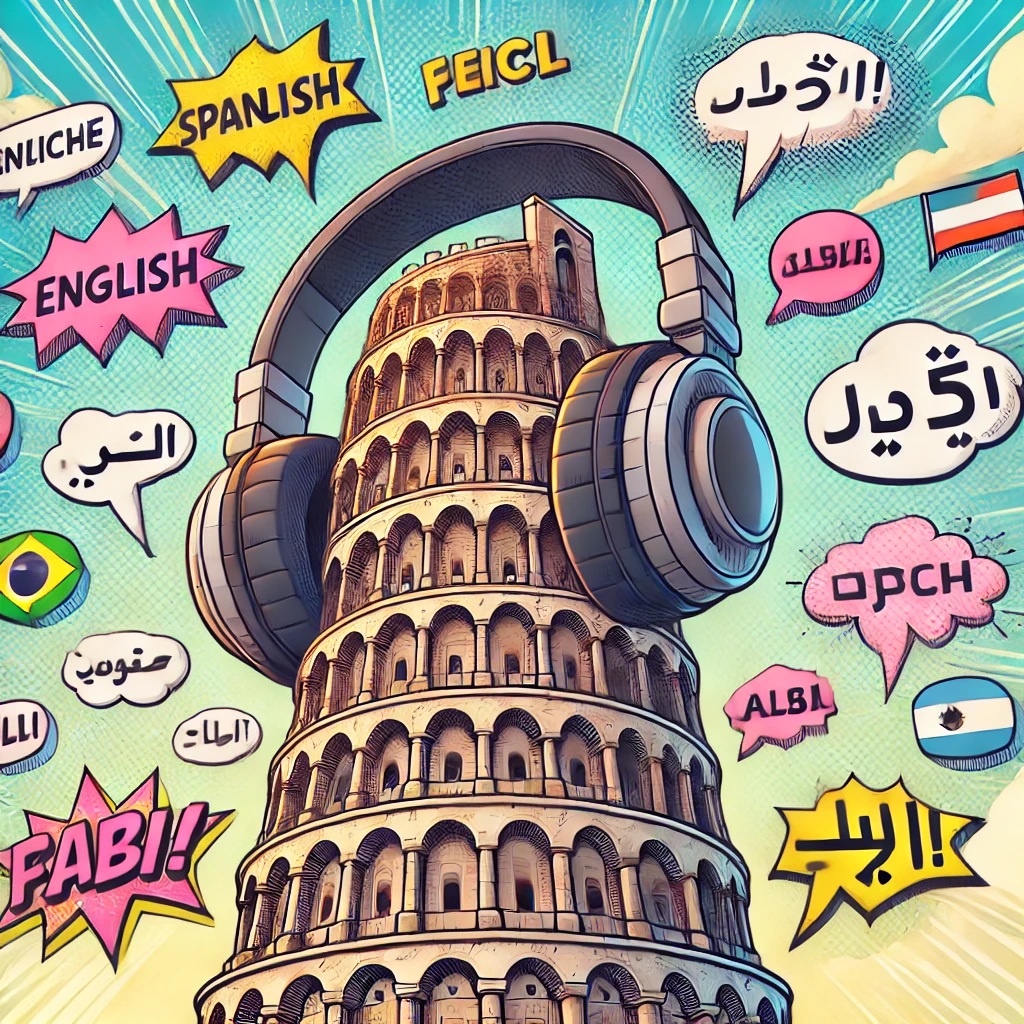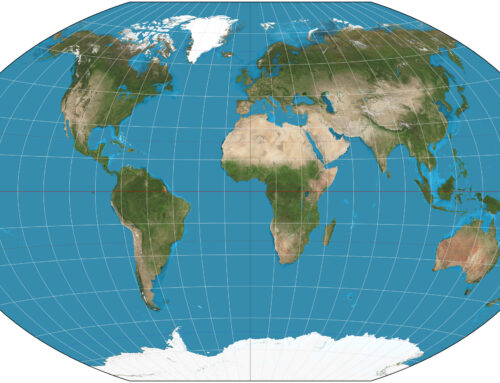Language is at the heart of human civilization. It allows us to share ideas, express emotions, build relationships, and transfer knowledge across generations. But the origins of language are as mysterious as they are fascinating. What was the first language spoken by humanity? How did language evolve into the diverse array of dialects we speak today?
While the question of the first spoken language may never have a definitive answer, it’s a subject of intrigue for historians, linguists, and anthropologists. The journey to uncover the roots of human communication takes us back tens of thousands of years—into the realms of ancient civilizations, the earliest written scripts, and even the myths that have attempted to explain our linguistic diversity.
The Enigma of the First Spoken Language
When we think of the first human language, we must understand that it predates written history. Before the invention of writing systems, communication took the form of speech, gestures, and possibly even signs. Proto-languages are believed to be the earliest forms of spoken language—primitive linguistic systems that provided the foundation for modern languages.
Linguists have proposed the existence of several proto-languages, such as Proto-Indo-European, which is thought to be the common ancestor of many modern languages spoken today, including English, Spanish, and Hindi. Proto-Afroasiatic is another proto-language, considered the precursor of languages in Africa and the Middle East. These early languages, while long lost, provided the structural foundation that enabled human communication to flourish.
However, the origins of spoken language likely extend much further back, to a time before Homo sapiens developed the ability to create complex linguistic systems. It is theorized that early humans began using rudimentary speech around 50,000 to 100,000 years ago. As human communities became more complex, so did their methods of communication, leading to the development of more organized languages.
The Dawn of Writing: The First Known Written Languages
The invention of writing systems marked a monumental leap in human history. Writing allowed civilizations to document their achievements, laws, religious beliefs, and cultural traditions, preserving them for future generations. The earliest known written languages emerged around 5,000 years ago, and these ancient scripts give us the first tangible evidence of organized language.
1. Sumerian (c. 3200 BCE): The Sumerians of ancient Mesopotamia, in what is now Iraq, are credited with developing the world’s first known writing system, cuneiform. This wedge-shaped script was used to record everything from legal transactions to epic poems. Sumerian is no longer spoken, but its written records offer an invaluable glimpse into one of the earliest human civilizations.
2. Egyptian (c. 3000 BCE): Almost as ancient as Sumerian, the Egyptian language developed its own system of writing, hieroglyphics. Hieroglyphs were used to inscribe the history, mythology, and daily life of ancient Egypt on temple walls, tombs, and papyrus scrolls. Though the language eventually evolved into Coptic and later disappeared as a spoken language, Egyptian hieroglyphics have left an enduring legacy in world history.
3. Akkadian (c. 2500 BCE): A Semitic language that overtook Sumerian as the dominant language of Mesopotamia, Akkadian was used for over a thousand years. Its influence spread across the region, and it became the language of administration, law, and diplomacy in the ancient world. The Epic of Gilgamesh, one of the oldest surviving literary works, was written in Akkadian.
4. Chinese (c. 1250 BCE): One of the oldest continuous writing systems, Chinese began to take form during the Shang dynasty, when inscriptions were carved onto oracle bones. Written Chinese, with its logographic characters, is unique in that it has evolved over millennia but still retains a connection to its ancient origins. Today, it remains one of the most widely spoken and written languages globally.

Language Myths: The Tower of Babel
Throughout history, myths and legends have been created to explain the origins of language and the diversity of human speech. One of the most famous of these is the story of the Tower of Babel, from the Bible. According to this myth, humans originally spoke a single language, but when they tried to build a tower to reach the heavens, God intervened and confused their speech, causing the rise of different languages and scattering people across the Earth.
While purely mythological, the Tower of Babel story highlights humanity’s long-standing curiosity about the diversity of languages. It underscores a deep desire to understand why, despite our shared origins, human speech has fragmented into so many different forms.
The Role of Language in Human Evolution
As humans evolved, so did our capacity for language. The transition from simple gestures and sounds to complex grammar and vocabulary played a crucial role in the development of human societies. Language allowed early humans to coordinate hunting strategies, establish social hierarchies, and share cultural practices. Over time, language became an essential tool for diplomacy, trade, and knowledge-sharing across continents.
Without language, human civilizations could not have reached the heights they did. From the philosophical discourses of ancient Greece to the scientific treatises of the Renaissance, language has been the backbone of human progress. Even today, the vast linguistic diversity of the modern world is a testament to the power of language in shaping societies, identities, and cultures.
The Importance of Language Today
In the modern era, there are over 7,000 spoken languages across the world, each carrying its own cultural significance and history. While many of the ancient languages are no longer in use, their influence is still felt today. Latin, for example, forms the foundation of many Romance languages such as Spanish, Italian, and French. Ancient Greek continues to impact scientific terminology, while languages like Sanskrit and Classical Chinese remain important in religious and philosophical texts.
Despite this diversity, many languages are at risk of extinction. The loss of a language is not just the disappearance of words; it is the loss of a unique worldview, culture, and history. Efforts to preserve endangered languages are underway around the world, reflecting a growing recognition of the value of linguistic diversity.
At Abalingua, we understand the importance of language in connecting people across borders. In a globalized world, communication is more critical than ever. That’s why we offer world-class interpretation services, enabling people from different cultures and backgrounds to communicate effortlessly. Our services help bridge the gap between languages, allowing individuals to share ideas, conduct business, and engage in diplomacy without language barriers.
Conclusion
The story of human language is one of evolution, adaptation, and survival. From the earliest proto-languages to the sophisticated dialects spoken today, language has been the key to human progress. While we may never know the first spoken word or language, the study of ancient languages offers us a profound understanding of how communication shaped our past and continues to define our present.
At Abalingua, we honor this rich linguistic heritage by helping people communicate across languages, carrying forward the legacy of human speech that began thousands of years ago. Whether through simultaneous interpretation, multilingual conferences, or cross-cultural events, we ensure that language remains a tool for connection, collaboration, and growth.




